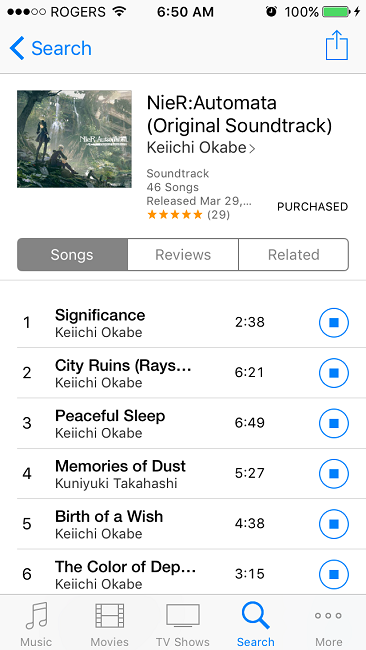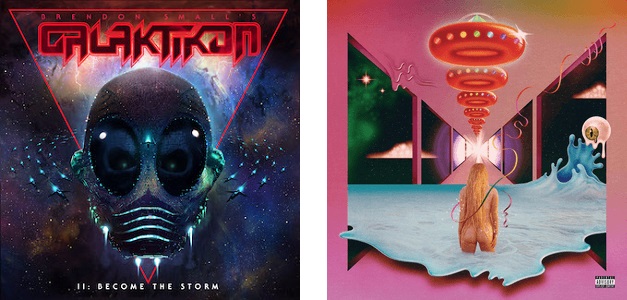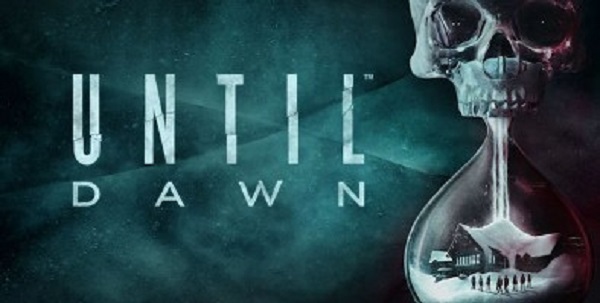Last weekend, I went a little Castlevania crazy. Firstly, I read that Nintendo had put up some discounts for the Virtual Console versions of the original NES Castlevania trilogy on My Nintendo. Having nothing better to do with all the My Nintendo coins or tokens or whatever that had been piling up in my account, I got myself a nice 40% discount on Castlevania III and loaded ‘er up on my 3DS. Then, because I often forget about things even when I am incredibly excited for them, I read that the Netflix Castlevania series went live on Friday. So I watched all of that in a single sitting.
It all turned out to be a beautiful coincidence, because the animated Castlevania series is loosely based on Castlevania III. I had no idea!
So let’s talk about the show first. Straight up, I loved it. It’s got plenty of flaws, but I thought that it was still a fairly strong show. It was cool, violent, and sometimes funny, though truth be told, a lot of the humour was a little more adolescent than it probably should have been. Trevor Belmot is a massive jackass that I expect we’re supposed to eventually like, but he hasn’t quite gotten to that point yet. Maybe in season 2. Sypha and Alucard are awesome right from the word go, and it’s a massive tragedy that the season ends just as things are really getting good.
And I think that’s my biggest gripe with Castlevania: season one is only four 30-minute episodes, and only tells about a third of the story. Which, I suppose is right on target, as the upcoming second season is going to be eight episodes. Don’t get me wrong, they wrote in a lot of great supplemental material to flesh out the world and characters, but it still feels like this was just a test to see if there would be interest enough for the real story. Imagine if season two hadn’t been given the green light! We’d be left with nothing but an elongated prologue! Forever wondering what could have been!
The absolute best parts of the show were in fact the opening and closing scenes. The series begins with a very long cold open that serves to give Dracula personality and motivation. It’s a bit misleading because this part of the story is pulled more or less from Symphony of the Night, so I was double-surprised that the rest of the series followed Castlevania III instead. It makes perfect sense, though, as they’re telling the story in chronological order (though they did skip right past Lament of Innocence). The final scene is a -and I hesitate to use this word- epic battle between Trevor and Alucard. It was brilliant and incredibly cool. It also served to increase my hype levels to maximum and then slapped me right in the face with the hard truth that I would be left waiting for an indeterminate amount of time for this series to continue.
In a stunning turn of events, I enjoyed playing Castlevania III much less than I did watching it. I am fairly certain that it’s one of only two Castlevania titles that I hadn’t ever played (the other being Lords of Shadow 2). All the classic-style Castlevania are tough as balls, but none of them have ever felt quite as insurmountable as Castlevania III. It’s ridiculous how hard it is. So difficult, in fact, that I got frustrated to the point where I would put down a save state after every monster I defeated. It didn’t even feel that cheap, because you basically need a full life bar to have any hope at all against the bosses in the last few stages.
I’ve done a little reading up on the game in the meantime, and I’ve come to the conclusion that I should not have played the North American version. Apparently, in a stunning reversal of the usual “dumbing-down for Americans” trope, the Japanese version of Castlevania III is significantly less difficult. Fewer monsters, more generous checkpoints, and at least one character that has a useful long-range attack.
The biggest, and what I believe is the most important change, is the way your characters take damage. In the Japanese version, every monster deals a set amount of damage. So a medusa head that hits you for 1 HP in the second stage will still hit you for 1 HP in the ninth stage. However, in the North American version, all monsters hit for the same amount of damage based on how far you are in the game. So in the first stage, you’ll take 1 HP damage from every hit, while in the final stage, you’ll take 4 HP damage from every hit, regardless of monster type. This is crazy and significantly upsets the difficulty balance.
I can’t in good conscience say that the game is bad, because it’s mostly just that the difficulty level is broken. If the game was just a little friendlier, I probably would have really liked it. I found myself on more than one occasion amazed by the visuals (it’s a beautiful NES game), and it retains the tight, methodical Castlevania gameplay that made the series so popular in the first place. Let’s not forget the incredible soundtrack! It’s a huge game with ten stages and a number of alternate paths, and you can pick up several partner characters along the way that can tag in for Trevor at any time. The only game design part that I thought was actively terrible is one section where you have to climb a tower of falling blocks. It’s incredibly slow and long, easy to get killed on, and is boring as all heck. Plus there’s no checkpoint after it, so if you get killed by monsters afterward… enjoy slogging up that section again. It must have been my seventh or eight climb up that tower that I decided to start abusing save states.
And so ends my Castlevania craziness for now. I actually find myself wanting to play Lords of Shadow again for some reason, but I just can’t be bothered to unpack and hook up my Xbox 360 right now. Perhaps in a month’s time when I’m moved and settled into my new home. But hey, by that point, my Castlevania fever might have already subsided.





